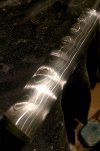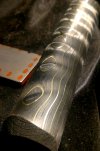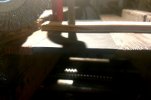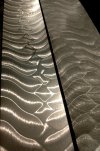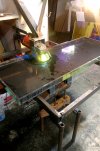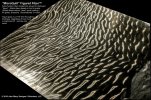John. I wish you the best of luck with this. The compsite world is vast and there is always a need for innovation. One suggestion I could make is to try this with a spread tow uni. Something around 20-30gsm or even finer. The super fine layers will make this absolutely explode.
We have over 5 tons of T800 uni prepreg in our freezer. If you ever get an autoclave let me know, I could help you cut those raw material costs
Matt Diskin
Fibersmith.com
Go ahead an send me a PM with your phn #, as we can talk more. I agree that finer spread tow uni would ensure void free, and perhaps get better "pop" but in order to lay up 1/4" of uni to get .160 of finished material, I would have to spend all day just laying up the hundreds of layers, because I do a proprietary step between layers, which is manually intense. I currently use .011 uni, 300 gsm, and have done 150 gsm, and even .022 uni. Honestly, I can't wait to try all different methods in my head, along with exotic interleaf effects with my pearls, metals and solid colors for pronounced line quality, but as you pointed out, my time is short to get this market proven, as that is my main trump card to garner investment and partnerships in order to defend my product, while growing it. I have already decided to put away 30% of profits just for a defense fund.
I just spent the last half hour ruining my arms milling the top .060" off my panels, and I am getting too old to be doing this, and want to simply license it for others to mfr. Instagram has exploded with knife guys wanting samples, and already placing orders (none of them say its too soft Stacy

), so half of me wants to sell the idea, but the other half knows that I have all the equipment in place to do this, so why not stick to it as long as I can.
Not sure I need an autoclave just yet. My current system provides just enough pressure with my modifications. Sure would like to see other ways of doing it for sure.

